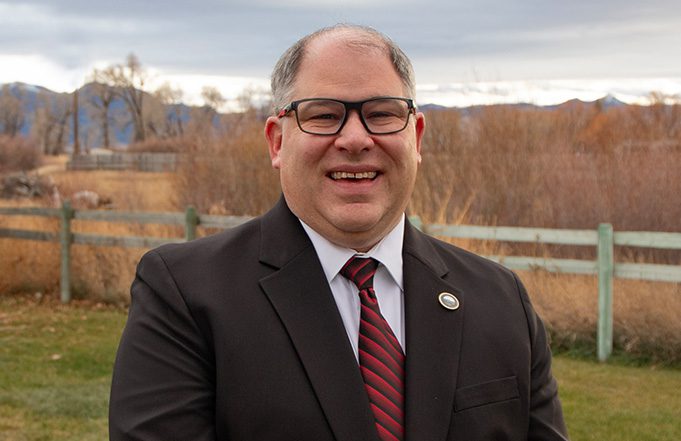UMW Professor Publishes Research on Glacier Retreat in the Pioneer Mountains During the Last Ice Age
September 29, 2023
Dr. Spruce W. Schoenemann from the University of Montana Western’s Environmental Sciences Department recently published his work in the journal of Quaternary Science Reviews on glacier retreat in the Pioneer Mountains.
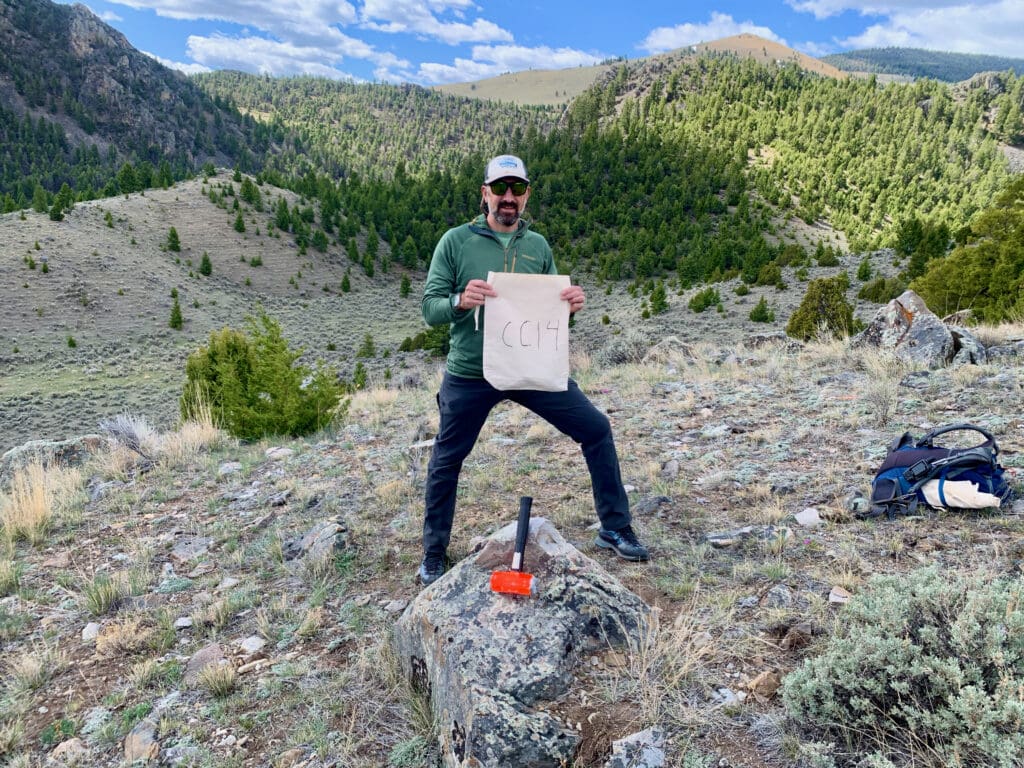
The research paper titled “A cosmogenic 10Be (Beryllium 10) moraine chronology of arid, alpine Late Pleistocene glaciation in the Pioneer Mountains of Montana, USA” is a peer-reviewed publication authored by Schoenemann and others that explores when glaciers in the Pioneer Mountains reached their maximum size during the Late Pleistocene period and why they retreated.
To research this, Schoenemann and UMW students, Mana Bryant and Will Larson, collected samples from 35 boulders on terminal moraines (deposit areas located on the edge of glaciers). They then used cosmogenic 10Be exposure dating to determine when the glacial ice first retreated, exposing the ice-covered boulders and recording the timing of maximum extent of Late Pleistocene alpine glaciers in the Pioneer Mountains.
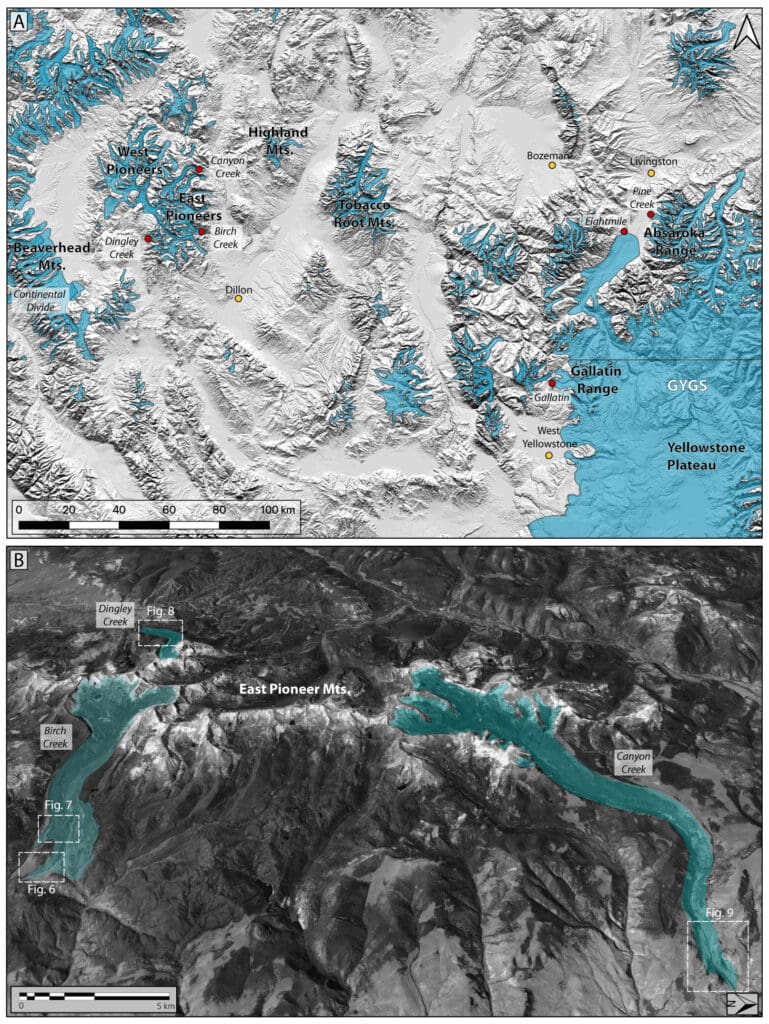
B: Aerial view of the East Pioneers looking west.
Click here for high resolution version
Cosmogenic 10Be exposure dating is a powerful scientific technique used by geologists and geomorphologists to determine the age of geological and landform features on Earth’s surface. This method relies on the presence of a rare isotope of beryllium called beryllium-10 (10Be), which is produced when high-energy cosmic rays from outer space interact with certain atoms in Earth’s atmosphere and rocks.
The Pioneer Mountains, located south of the Cordilleran and Laurentide Ice Sheets (LIS), are strategically positioned to record glacier responses to changing climate conditions. The presence of the nearby LIS had a profound impact on the region’s climate, with dry, cold, katabatic winds descending from the ice sheet during the Last Glacial Maximum (LGM). As the LIS began to melt, the formation of pro-glacial meltwater lakes likely altered local precipitation patterns, introducing additional moisture to the region.
The findings of this study challenge previous assumptions about glacier retreat timing. While some regions in the northwestern United States exhibited earlier deglaciation, the Pioneer Mountains, along with the northwestern Yellowstone glacial system and the northern Montana ice cap, tell a different story. Here, glacier retreat commenced around 18,000 years ago during the local Last Glacial Maximum. This synchronicity suggests that the proximity to the LIS margin played a crucial role in maintaining the glaciers’ full extent for a longer period.
Dr. Spruce Schoenemann, Mana Bryant, and Will Larson collecting samples as part of the Pioneer Mountain glacier study.
UMW, situated in the geologically rich landscape of Southwest Montana, offers a unique environment for projects like this. Dr. Schoenemann’s expertise and commitment to research have provided students at UMW with exceptional opportunities that rival those offered by larger institutions. As alumnus Will Larson notes, “UMW stands out for projects of this caliber, thanks to our access to a geological wonderland in Southwest Montana and the guidance of experienced professors like Dr. Schoenemann, who empower Western students with unparalleled research prospects.”
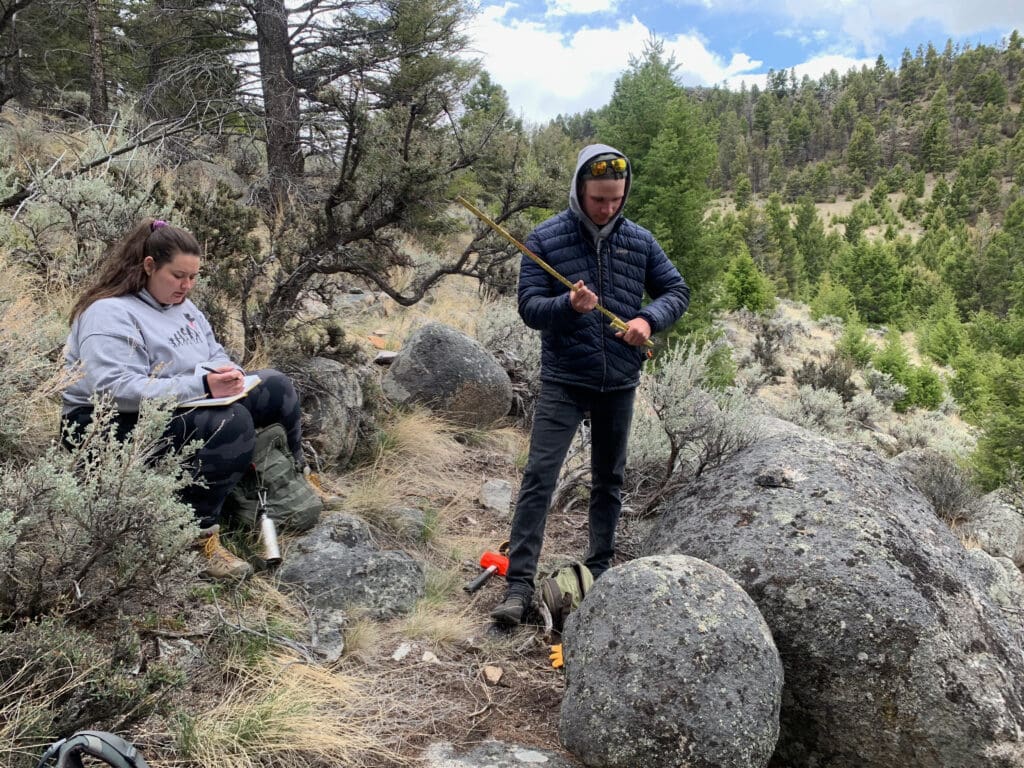
Reflecting on her involvement, alumna Mana Bryant shared, “Participating in this undergraduate project has been an extraordinary experience that has significantly honed my academic skills—a skill set that I will carry with me throughout my life.”
“This project really was the epitome of authentic practice in the discipline of glacial geology; where the students had the opportunity to map the landforms, gather samples, crush and sieve them, and then process and extract the 10Be in a world-class lab in Vermont, synthesize the data, and provide a robust interpretation of the ages. All of which has contributed new knowledge and insight to the paleoglacier science community in the western U.S.,” said Schoenemann.
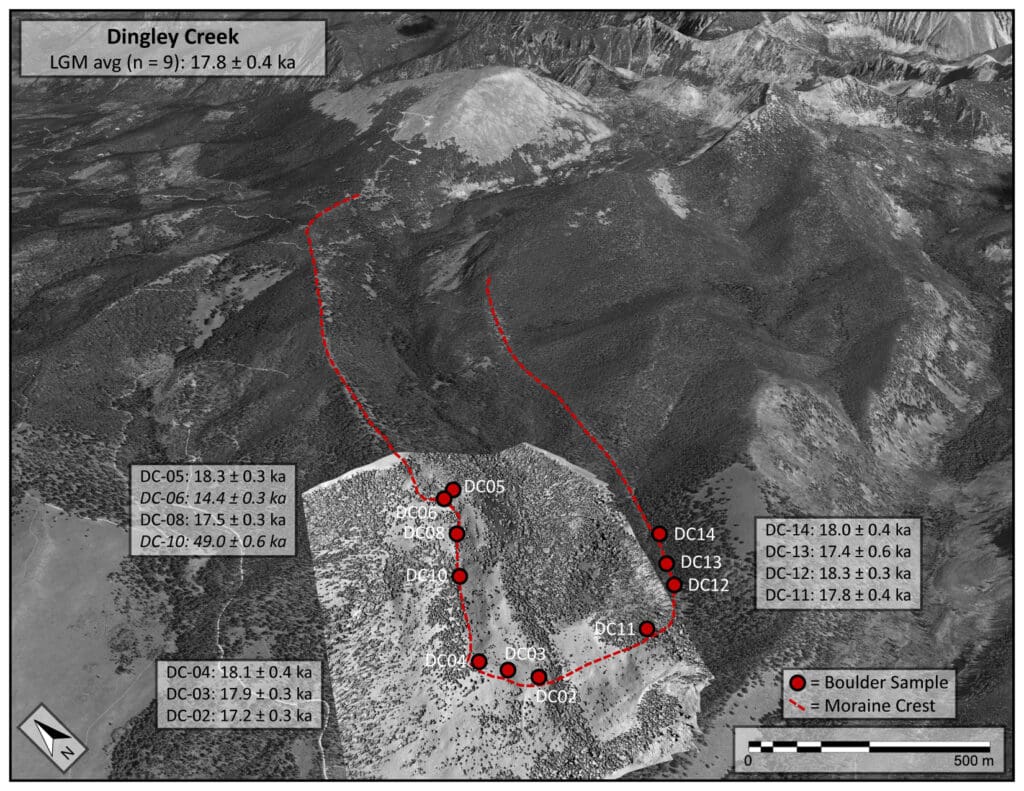
Click here for high resolution version
To read Dr. Schoenemann’s research in its entirety, visit https://tinyurl.com/45mpuuv9. For additional information, please email [email protected].
Dr. Schoenemann will be giving a presentation on this topic at the “On the Rocks” seminar on October 4, 2023. The presentation will take place in UMW’s Block Hall room 311 at 3:45 p.m.

